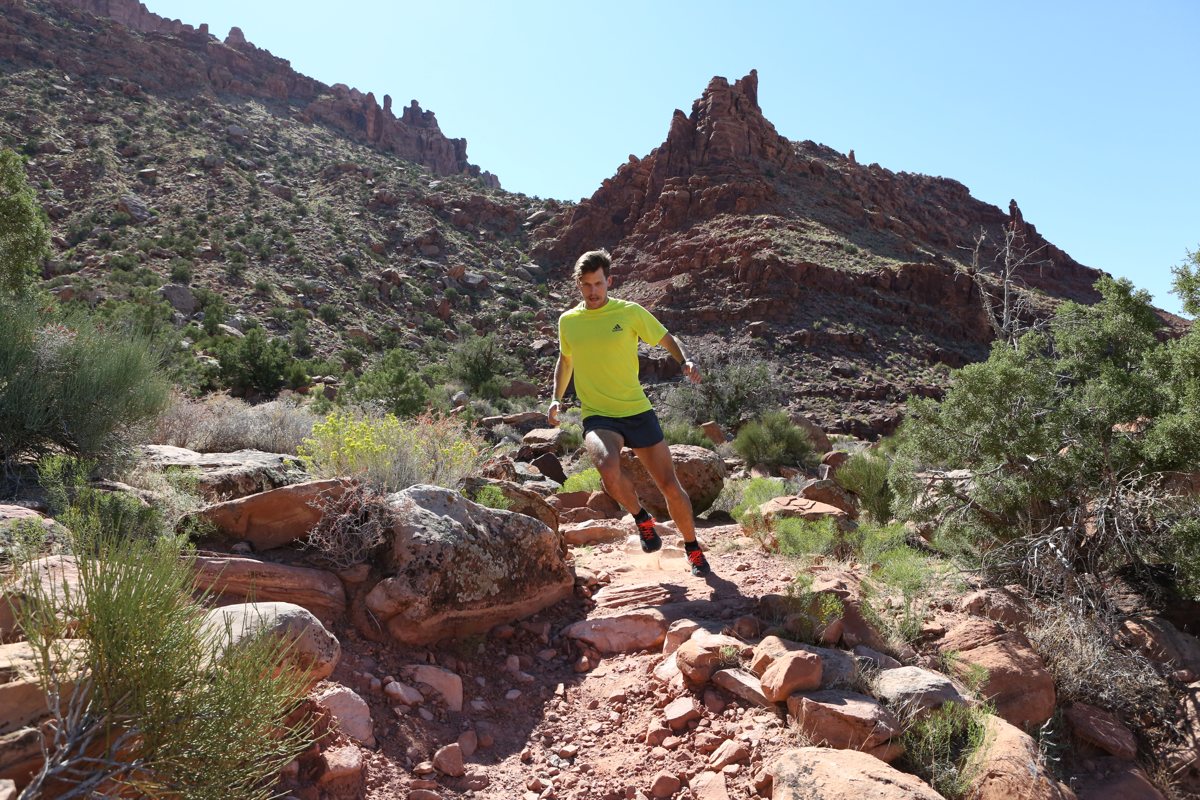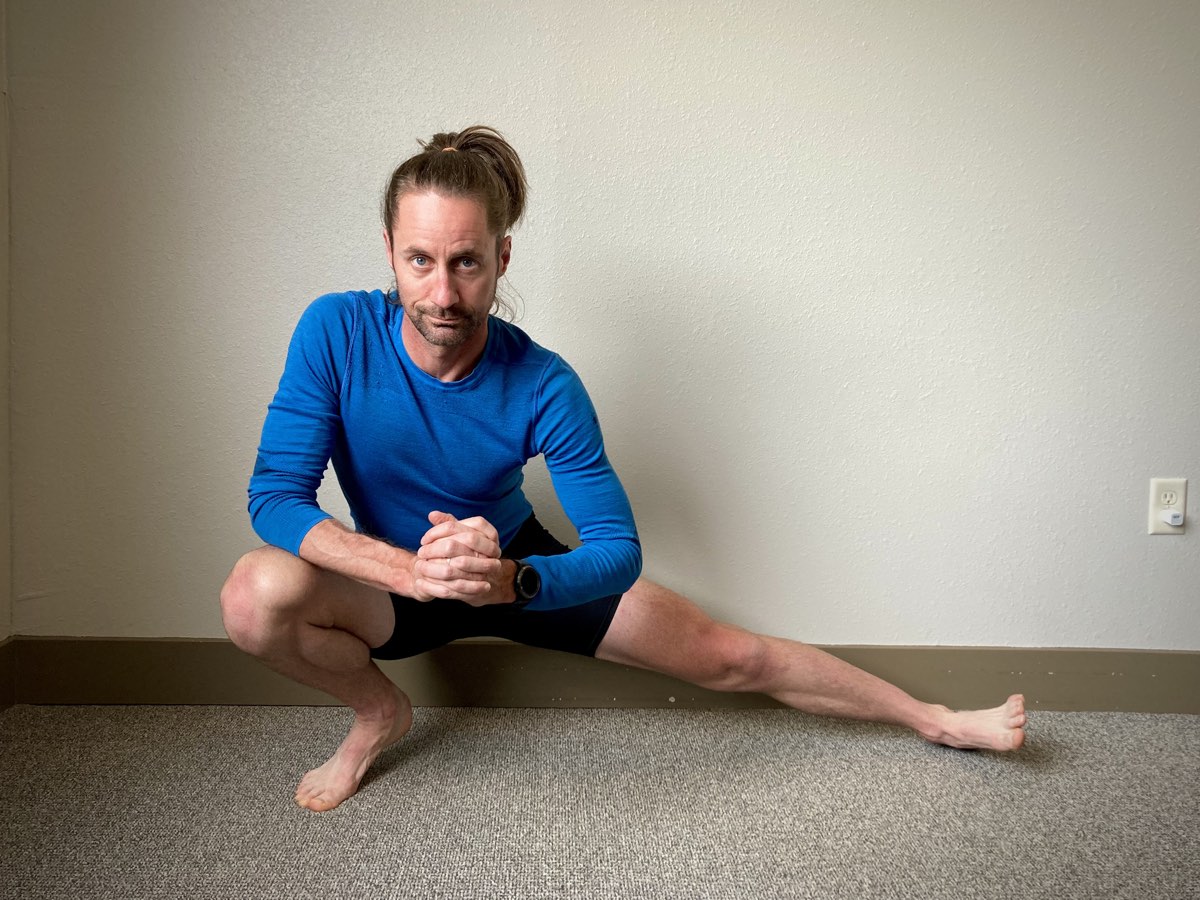 Several months ago, I moved away from Colorado, and my summer home of Silverton, to the warmer, more temperate climes of Auburn, California. Switching homes from one major 100-mile finish line to another — that is, from the environs of the Hardrock 100 to those of the Western States 100 — has spared me a harsh, snowy winter and afforded me the opportunity to tackle rugged trails year-round.
Several months ago, I moved away from Colorado, and my summer home of Silverton, to the warmer, more temperate climes of Auburn, California. Switching homes from one major 100-mile finish line to another — that is, from the environs of the Hardrock 100 to those of the Western States 100 — has spared me a harsh, snowy winter and afforded me the opportunity to tackle rugged trails year-round.
Moreover, returning to low altitude has allowed me to mostly run those rugged trails that high altitude often forces you to hike. Doing so has reminded me, once again, of the rigors of steady running on runnable but technical terrain.
It takes a lot of hip strength. And a strong core. But also? A strong groin!
The adductors — the muscles comprising the groin that line the medial hip and thigh — are an important muscle group in running. But unless strained and painful, they’re often ignored. Yet there’s no other sport that demands more from the adductors than trail ultrarunning.
As discussed in our article on adductor mobility, the muscles of the medial thigh serve two vital purposes:
- Stabilization of the leg when we land and pass over it.
- Propulsion in both forward flexion and rearward extension.
On the technical terrain and rugged descents of trail running, the adductors get put to the test to stabilize the body with each step. And then, in ultrarunning, they are often called upon to supply increasing amounts of energy to keep the legs moving. This dual challenge often leads the adductors to be overused: subject to cramping, flexibility loss, and potential for strain.
Yet, for such an important group, adductor muscles are often left out of strength programs, especially running-centric exercise programs. This article contains two strategies to help improve your adductor strength and, in doing so, improve your trail stability and stamina!

A trail runner practicing his cornering on a technical trail. This type of running, particularly when fatigued, will put adductor muscles to the test. Photo: Human Kinetics/Kirsten Kortebein
Part 1: The Runner Adductor Side Plank
My favorite running-specific adductor strength exercise is this side plank. It is highly effective and specific because it trains the adductors in their two primary functions in the running motion: stance stability and swing-through flexion.
To perform, simply position yourself on your side on the floor beside a bench, stool, or other furniture. Place your top (stance) leg atop the bench. This top thigh should be in line with the trunk (knee to ear in a straight line, from above). The bottom leg should be slightly flexed beyond the end of the bench.
To perform:
- Bear weight through your lower elbow.
- Using the top leg primarily, boost your body upward to the ceiling until the body and leg are in a straight side plank.
- While doing so, the lower leg swings upward, the thigh adducting medially.
- Additionally, the foot should be allowed to lift even higher in a relative external rotation of the hip.
This exercise can be performed with either slow up and down repetition, or prolonged, plank-like holds. To increase difficulty, rest only the top medial foot on the bench. See the video below for a demonstration:
Part 2: Mobilize and Stabilize Other Parts of the Legs and Hips, or “The Best Defense is Not to Offend”
While adductors are a hugely important muscle group for stability and propulsion, they also tend to be greatly abused when other parts of our running system are deficient. Thus, issues of groin tension, strains, and pain are often the result of such overuse or tensions elsewhere in the system.
If you suffer from chronic groin stiffness, pain, or strains, consider the following exercises for the other parts of the legs, hips, and core:
Hip and Pelvic Mobility
The adductors often overstrain when attempting to pull on a stiff hip and pelvis. Both the femur and pelvis bones need to move fully and symmetrically for healthy, happy adductors.
Try these hip abduction and rotation mobility tests as well as these overall hip mobility tests to see if your hip mobility is full and symmetrical. If you note any stiffness or imbalance in the groin or elsewhere, consider the following:
- Soft tissue mobility strategies, especially to the medial and lateral hip.
- Hip mobility exercises listed above.
- These more pelvis-centric stretches.
Core Stability
It is incumbent on our core stability system to maintain trunk balance and alignment as we push and land from one leg to another. Excessive trunk movement can place additional work into the adductors to stabilize the trunk through the hip and pelvis.
Shore up your core stabilizers. My favorite deep abdominal core activator is this exercise. Also, consider any exercise where the trunk stays largely stable while the limbs move: bird dog, planking, and hip flexion abdominal work.
Lateral Hip Stability
Similarly, we need strong lateral hip stabilizers to keep the leg steady and upright with each foot landing. This falls primarily on the glutes, as well as the hip deep rotators. Those with sensitive and overused adductors should consider working the hips in a variety of positions: in side-lying, to activate in an elongated position and in standing, challenging both stability and hip movement.
Strong Hip Movers
Simply put, having our strongest possible movers will prevent the adductors from having to overhelp in propulsion, especially in long ultramarathons. Work both the flexion and extension movements with heavy resistance!
Balance
Finally, balance work puts the finishing touches on a system that is strong and stable enough to avoid groin muscle overuse. This is my favorite running-specific balancing exercise.
Final Thoughts
The adductor muscles of the groin are hugely important movers and helpers on and off trails and in short- and long-distance running. They deserve both mobility and strength to avoid stiffness, pain, and injury, as well as to help you find your best stride!
Call for Comments
- Do you pay attention to your adductor muscles as part of your strength training?
- Have any of the above exercises worked well for you?

